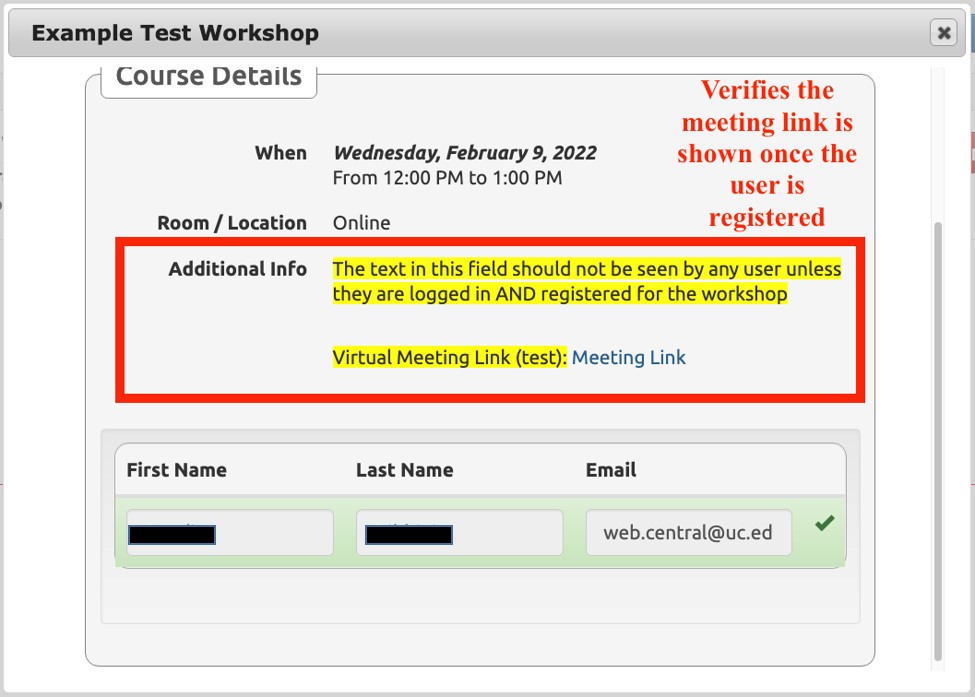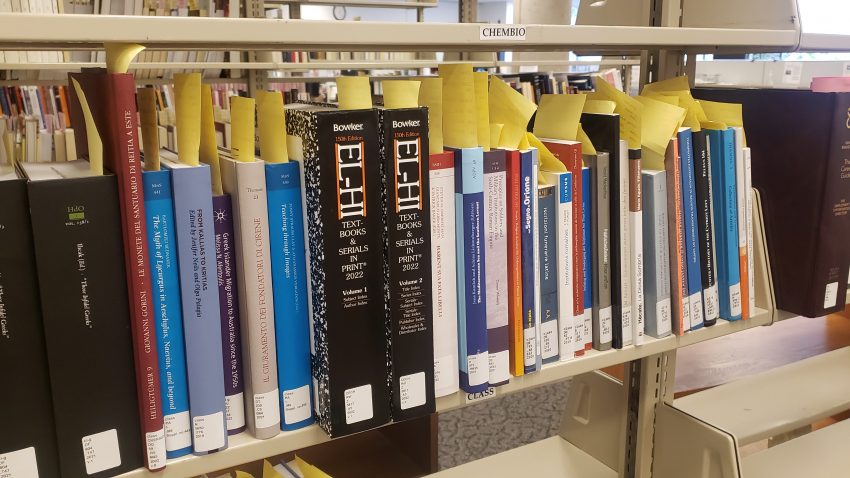 In order to address ongoing delivery issues with OhioLINK materials, the University of Cincinnati Libraries, along with the other college, university and public libraries in Ohio, is changing the OhioLINK delivery provider.
In order to address ongoing delivery issues with OhioLINK materials, the University of Cincinnati Libraries, along with the other college, university and public libraries in Ohio, is changing the OhioLINK delivery provider.
There are three important points that impact OhioLINK borrowing immediately:
- Between now and March 10, users should request any needed items from OhioLINK, SearchOhio and the SWORD/SW Depository as early as possible as delays are anticipated. University of Cincinnati librarians and staff are happy to discuss research needs and help locate alternate formats or other ways to secure materials such as using Interlibrary Loan, which does not rely on this intrastate delivery service.
- From March 11 through the end of April, users will not be able to request materials through the OhioLINK Central Catalog, SearchOhio or SWORD/SW Depository. This is necessary to avoid a backlog of materials in the system during the transition.
- Currently checked-out materials can still be renewed and returned during this time.
Beginning April 18, we will return to working with the company that provided delivery prior to July 2021 and are confident that they will be able to deliver your library materials efficiently once again. As we transition from one company to another, however, there will be slower than usual delivery times.
We ask for patience as we implement this long-term solution.
Questions? (513) 556-1424 or https://libraries.uc.edu/about/contact.html. In addition, OhioLINK has created a FAQ.
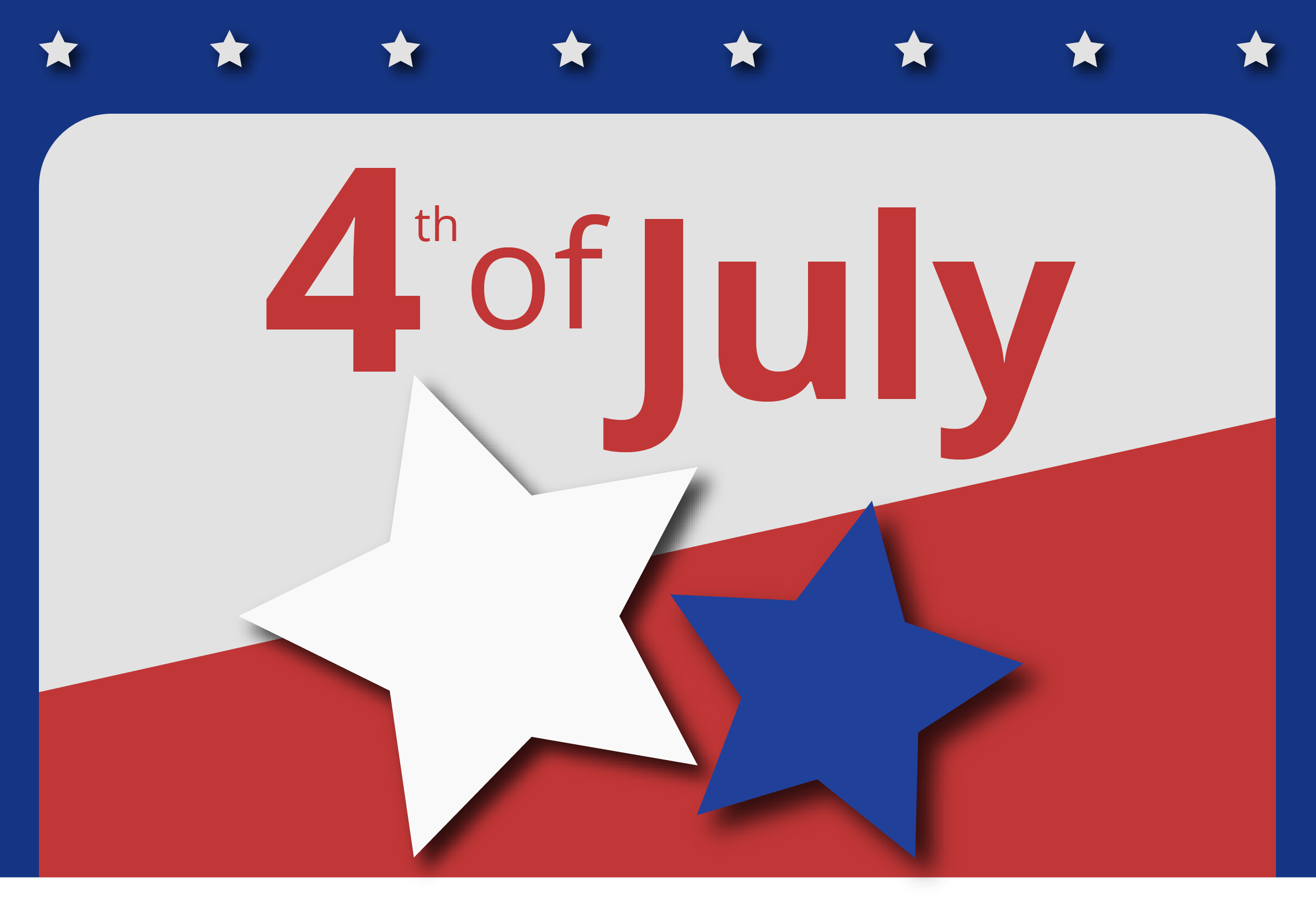 .
.

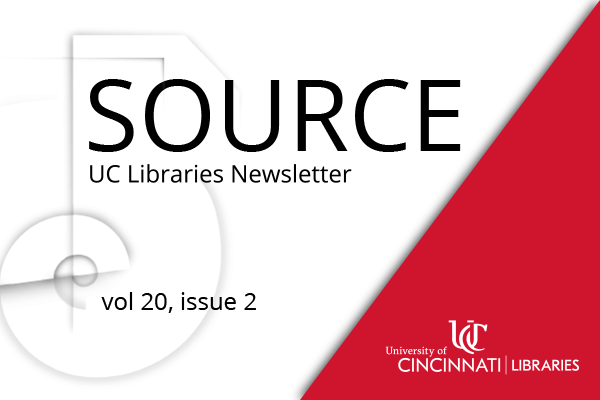

 Most University of Cincinnati Libraries locations have reduced hours for Spring Break, March 12-20. Check the library website for a list of
Most University of Cincinnati Libraries locations have reduced hours for Spring Break, March 12-20. Check the library website for a list of 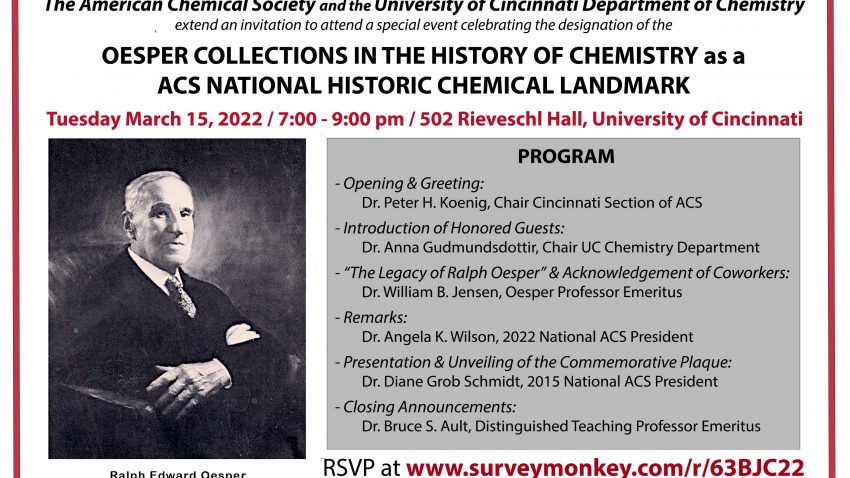
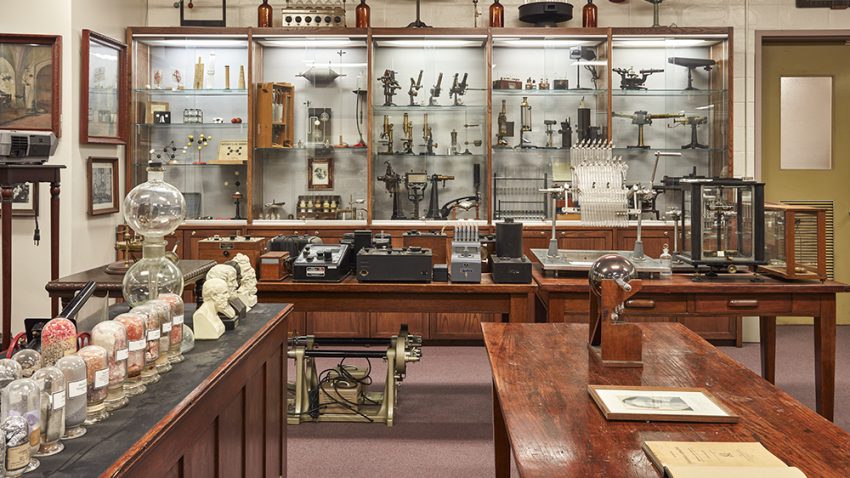
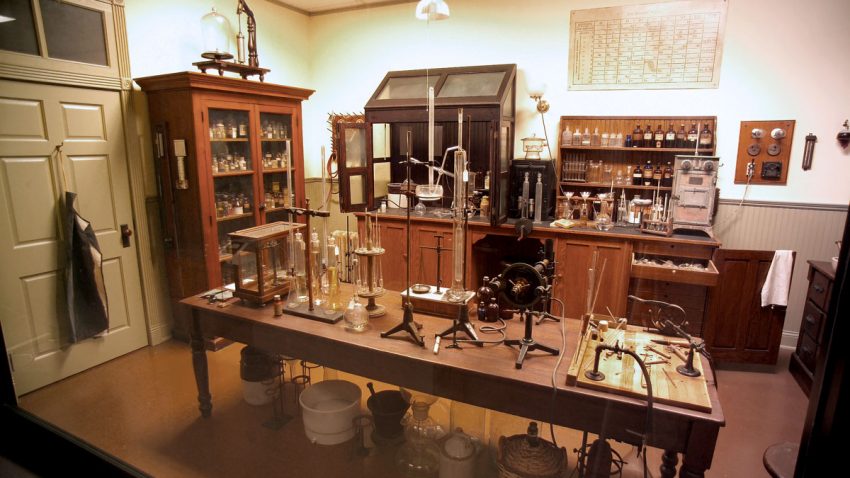
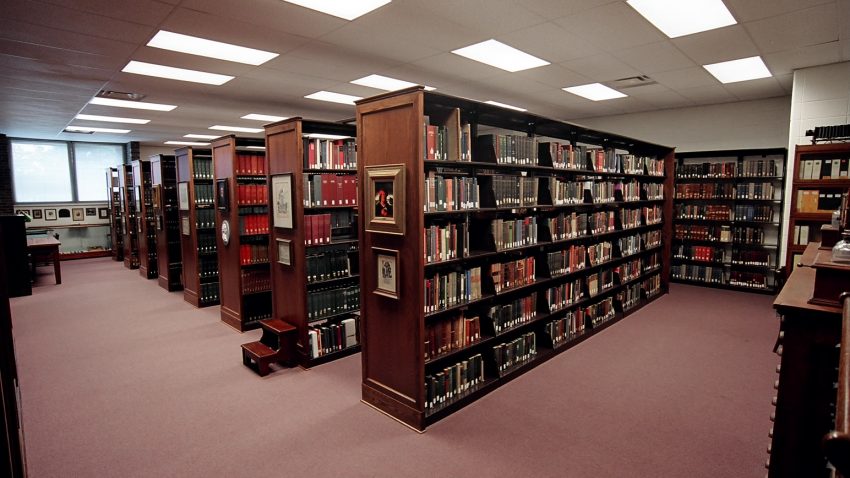
 In order to address ongoing delivery issues with OhioLINK materials, the University of Cincinnati Libraries, along with the other college, university and public libraries in Ohio, is changing the
In order to address ongoing delivery issues with OhioLINK materials, the University of Cincinnati Libraries, along with the other college, university and public libraries in Ohio, is changing the 
